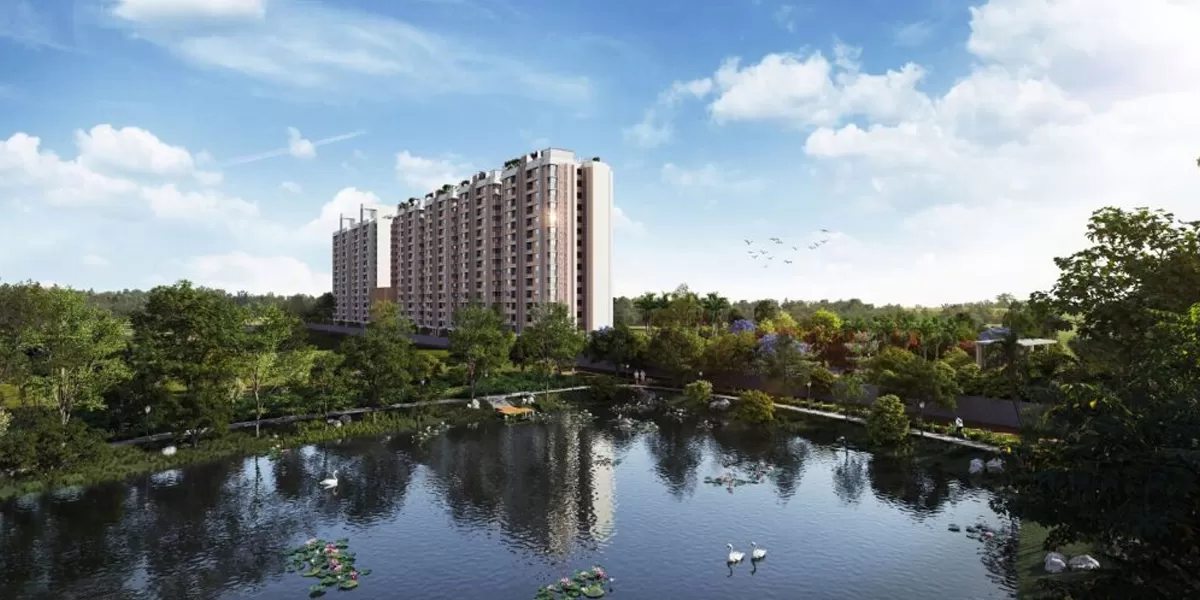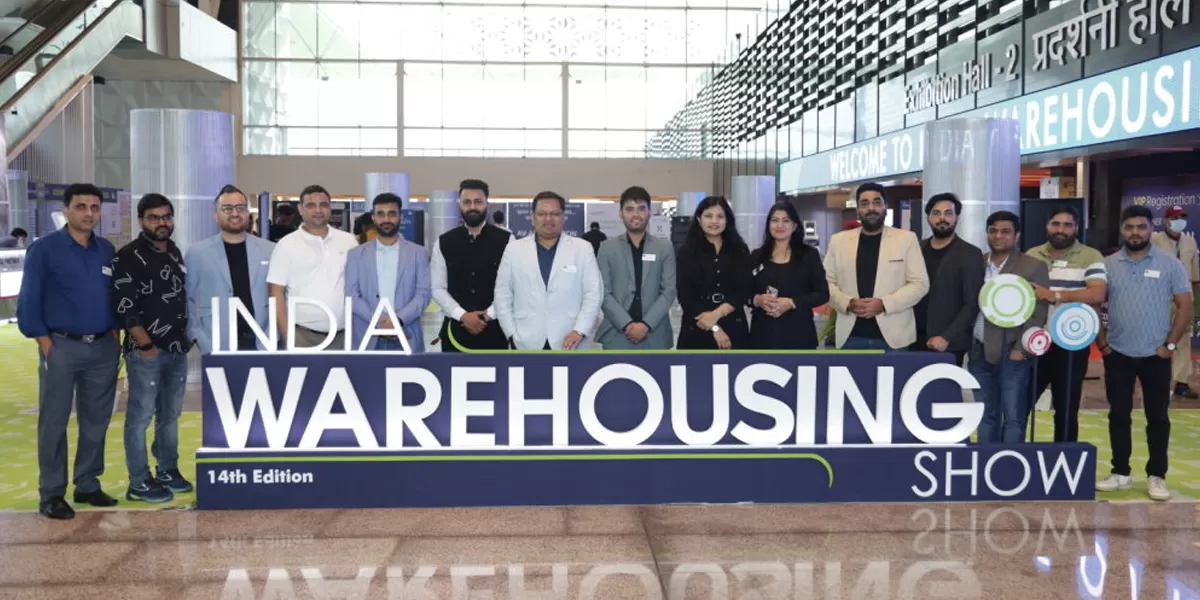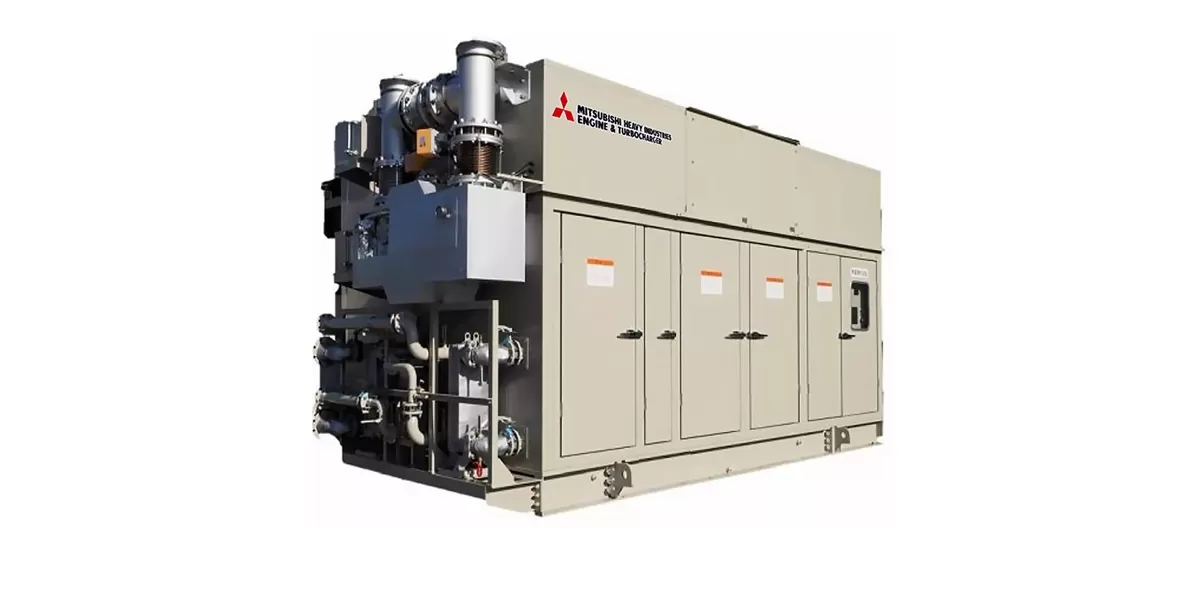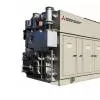This can clip the average to 9.9-10.4 km per day.
Execution trimmed due to pending appointed dates for fiscal 2019.
CRISIL Research has lowered its execution forecast in National Highways Authority of India (NHAI) projects for fiscal 2019 to 3,600-3,800 km from earlier anticipated 4,300 km. The firm estimates around 800 km of execution is at risk this fiscal because many hybrid annuity model (HAM) projects are still awaiting appointed dates seven months after they were awarded.
Appointed date is the de facto starting date of a project, when the NHAI hands over its contract letter to a developer or concessionaire.
CRISIL Research analysed 40 HAM projects amounting to 1,913 km (over 55 per cent of total HAM awarding that year), awarded by NHAI in fiscal 2018. In all, 3,400 km of HAM projects were awarded last fiscal. CRISIL analysis indicates many have achieved financial closure, but most of them are still awaiting appointed dates on account of delays in land acquisition or regulatory clearances.
CRISIL’s interactions with stakeholders indicate land acquisition for most of the projects awarded is in the advanced stages, but lenders would begin disbursements only after the mandatory 80 per cent land is in at least the 3G stage. Some projects could receive their appointed dates next month, while some others are yet to achieve financial closure.
The situation in projects awarded under the engineering, procurement, construction (EPC) model is better than HAM. Typically, land acquisition is higher in EPC than HAM because the NHAI gets additional 150 days’ buffer on account of time taken by developers for financial closure. A sample of EPC projects awarded last fiscal shows ~54 per cent have started execution.


In the build-operate-transfer (BOT) era, execution began even if the land acquired was less. But this became a key risk and led to big decline in construction activity between fiscals 2012 and 2014.
While execution could decelerate this fiscal, the cautious approach to HAM would benefit in the long term by reducing risks.
Then there have been concerns regarding the balance 20 per cent land to be provided within 180 days of the appointed date. Some projects in the advanced stages of execution are yet to receive the balance right of way, potentially affecting execution. For instance, one large road project, which received the appointed date on February 9, 2017, could execute only 27 per cent by July 2018 against a milestone of 49 per cent because of delays in the shifting of various utilities in the vicinity.
In case 100 per cent land is not provided on time, road developers have two options:
But the outcome will depend on individual stretches and is finalised based on negotiations with the NHAI.
Typically, NHAI pays annuity for a road stretch based on toll collections. However, in some cases, incomplete construction would mean no toll can be collected.
In both cases, the NHAI will have to pay annuity to the developers, which would put pressure on its financial position. In the past couple of years, the regulator has increasingly depended on market borrowings.

Delays, lack of financial closures could be risks to execution
Out of the 1,913 km of HAM projects considered for this analysis, around 390 km are pending financial closure. Of this, around 180 km projects have gone past the five-month window available for financial closure.
Caution on lending seems to be the main reason for delays in financial closures. Currently, 11 public sector banks, accounting for 18-20% of total banking credit, have been put under the Reserve Bank of India’s Prompt Corrective
Action, which prohibits them from lending to risky segments, including under-construction road projects.
Additionally, the short-term liquidity crisis has heightened risk perception towards NBFCs, resulting in an increased cost of funds for them.
Data show financial closures are being achieved at an 80:20 debt to equity ratio, resulting in an equity share of 12 per cent of the total project cost for a developer. And the EPC margin is 10-12 per cent. Given the low equity share, lenders have turned cautious. As an offshoot, this has meant higher equity requirement for HAM developers.
Delays in appointed date to snip execution to 9.9-10.4 km per day
Based on the current status of appointed dates in HAM and EPC projects awarded by the NHAI recently, we believe execution could reach 9.9 to 10.4 km per day this fiscal. This would be lower than the 11.8 km per day estimated, but better than last fiscal’s 8.4 km per day.
Some banks continue to have apprehensions about HAM. The number of banks interested in lending has halved compared with the times of BOT projects.
The HAM model was created to incentivise bankers by lowering overall project risk so that they could lend more to public-private partnership projects. It includes favourable clauses such as guaranteed partial payment from the NHAI even after a default by concessionaire and the subsequent termination of agreement.






















